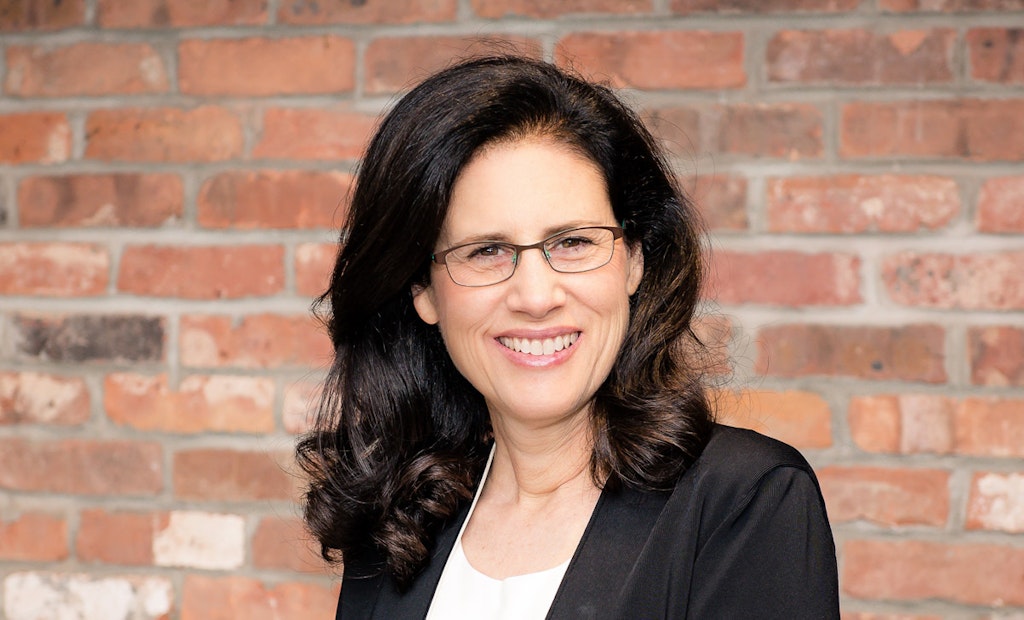Utilities that struggle to find qualified employees amid the tight labor market might want to consider people who typically don’t even get an initial phone-screening interview: experienced workers who are trying to re-enter the workforce after an extended absence.
And...






